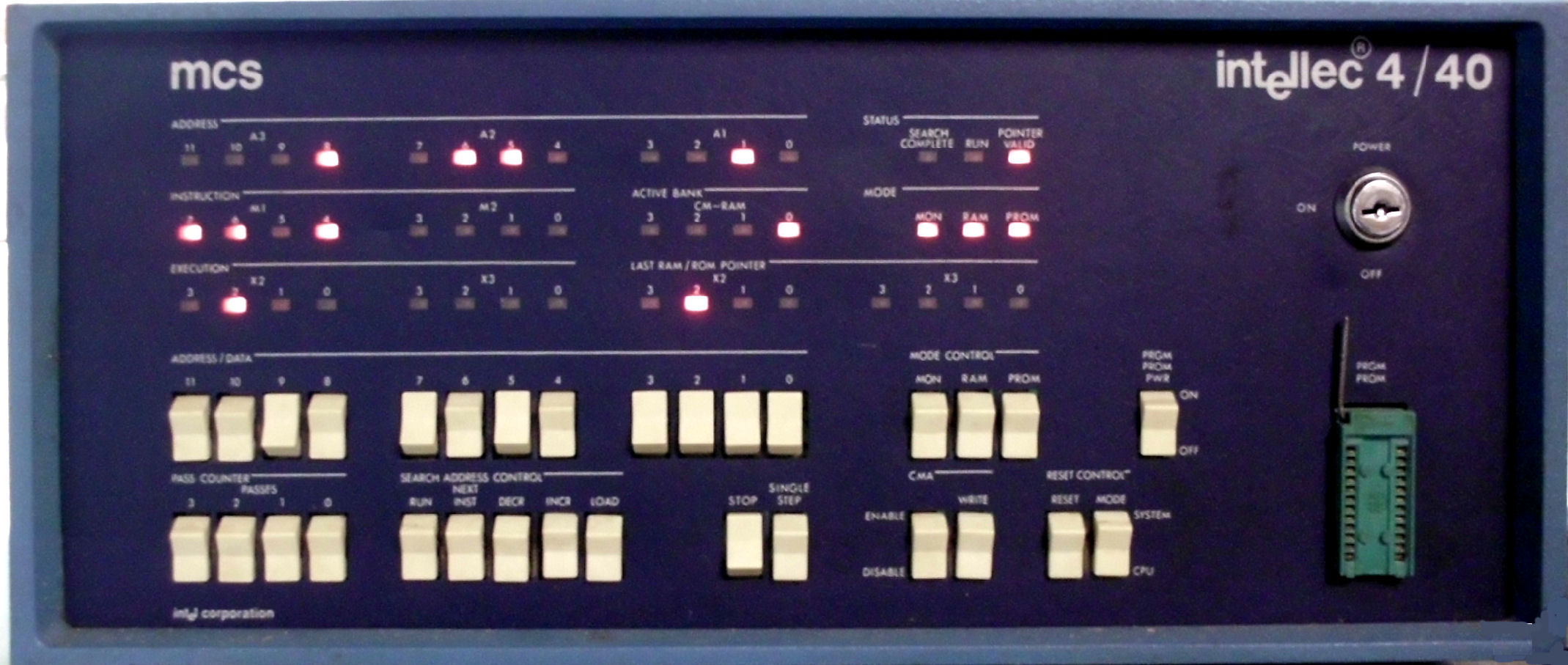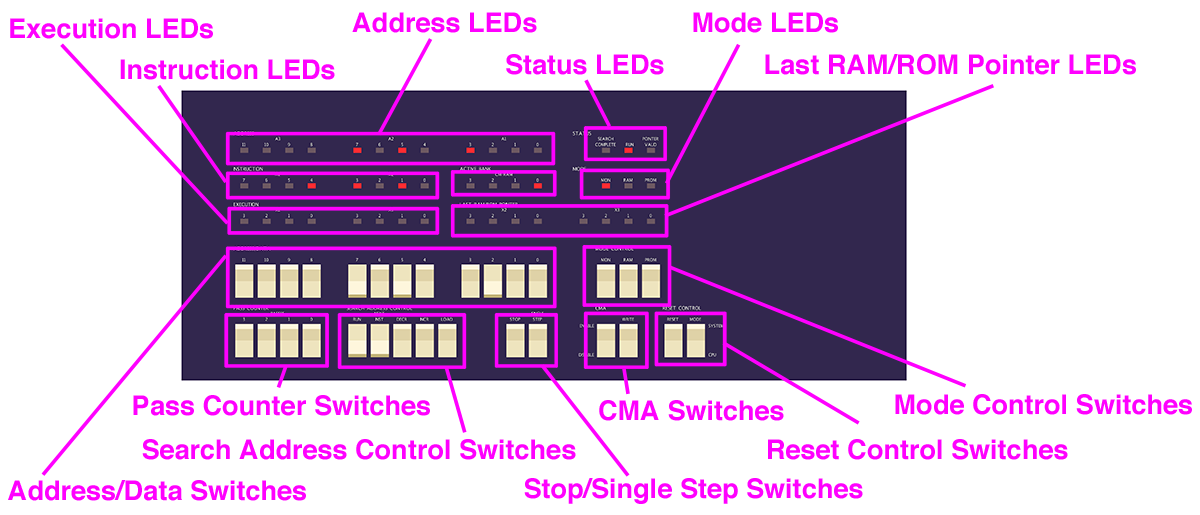For lulz, I decided to rewrite MAME’s Intel 4004 CPU core and add support for most 4040 features. The new CPU core operates at the bus cycle level, and exposes most useful signals. It also uses lots of address spaces for all the different kinds of memory and I/O it supports (thanks OG). Some CPU core bugs were fixed along the way – notably intra-page jumps on page boundaries were broken.
One nice benefit we get from this is being able to hook up the I/O for the Bally/Nutting solid-state Flicker pinball prototype (supposedly the first microprocessor-controlled pinball machine) how the hardware actually worked. I also hooked up the playfield lamp matrix as outputs and the operator adjustments as machine configuration while I was at it. We need a proper thermal model of a lamp with PWM dimming support before that part can be declared perfect. (It previously used a hack, pulling the low bits of RC out of the CPU using the state interface. This worked due to a quirk of the game program, and there was no way to implement it properly without the 4004 CM-RAM signals being exposed.)
Possibly more interestingly, we can now emulate the Intel INTELLEC® 4/MOD 40 development system. There seem to be very few surviving examples of this system, but fortunately we’ve got monitor PROM dumps, and there’s some information floating around the web. It has interesting debugging features on the front panel. There’s a scanned manual, but the schematics are very poor quality. However, with some idea of how it works, it’s possible to work out what all the chips are supposed to be. That’s the fun part. Turning it into MAME code isn’t as much fun, but it’s doable.
The front panel looks like this:

That requires clickable artwork for the switches and outputs for the LEDs to get a usable experience (writing the MAME XML layout really isn’t fun). There’s a simple monitor in PROM, designed to be used with an ASCII teleprinter with paper tape reader and punch (e.g. a Teletype Model 33 ASR). MAME’s RS-232 video terminal will have to do as a substitute for that.
If you get bleeding edge MAME (i.e. built from source no more than a day or so old), you can try it out in emulation. Did you ever wonder how developers may have debugged 4004 code in the mid to late ’70s? Well even if you didn’t, now you can find out.
The front panel looks like this in emulation (without the explanatory labels), and by default MAME shows the video terminal below this:

All those LEDs are functional, and all those switches are clickable and visually reflect their current state.
So how would you actually use it in practice? That’s where this brief instruction manual on the MAMEdev wiki comes in. It’s complete with examples of how some of the monitor commands and front panel debugging features can be used. It’s marked NOT_WORKING in MAME for now because you need to manually set up the terminal the first time you use it, and I haven’t finished implementing the universal slots and storage cards. But you can do all the things described on that page.
Does anyone care? Probably not. Will anyone actually even try this system out in MAME? Probably not (apart from Robbbbbbbert). But this is another example of something that you can only do in MAME, and how completely unrelated systems can both benefit from emulating the same chip properly. It also gets rid of one previously unavoidable hack, and gets us one step closer to feature parity with EmuAllSystems.